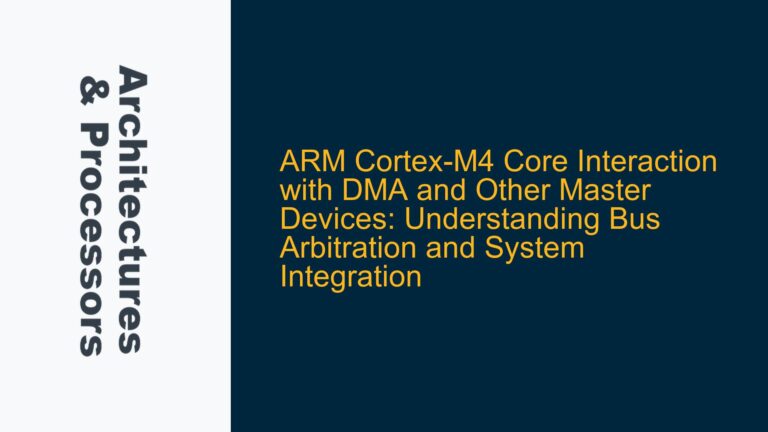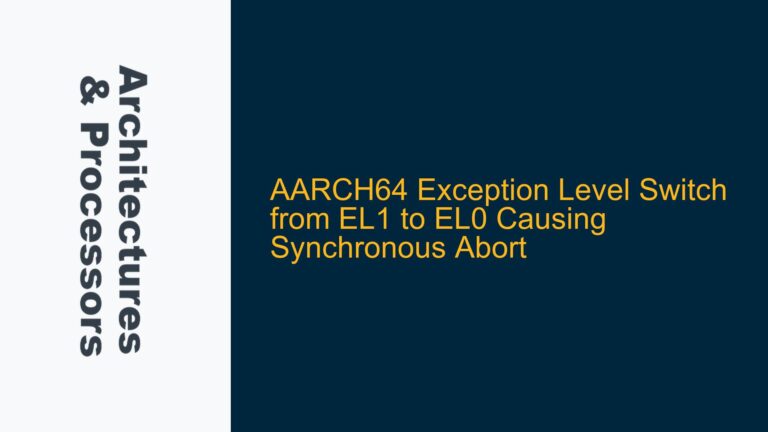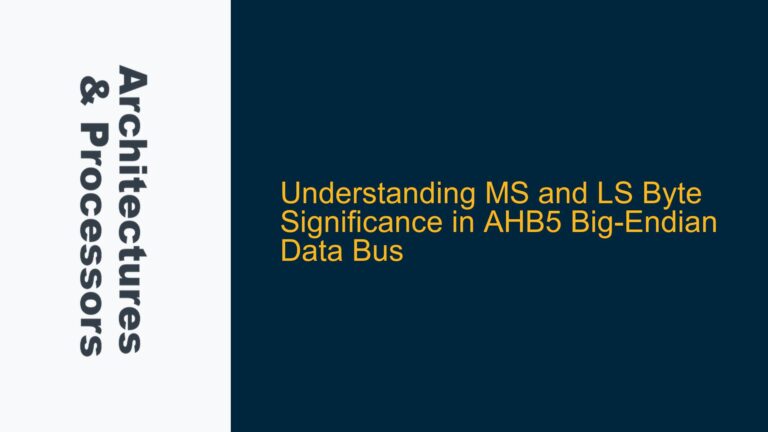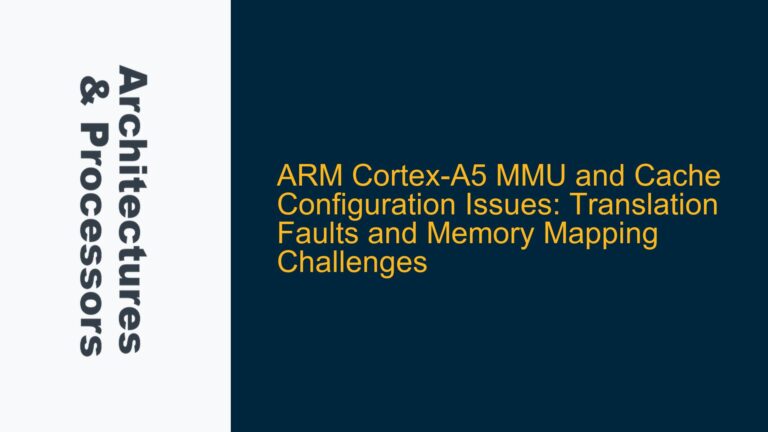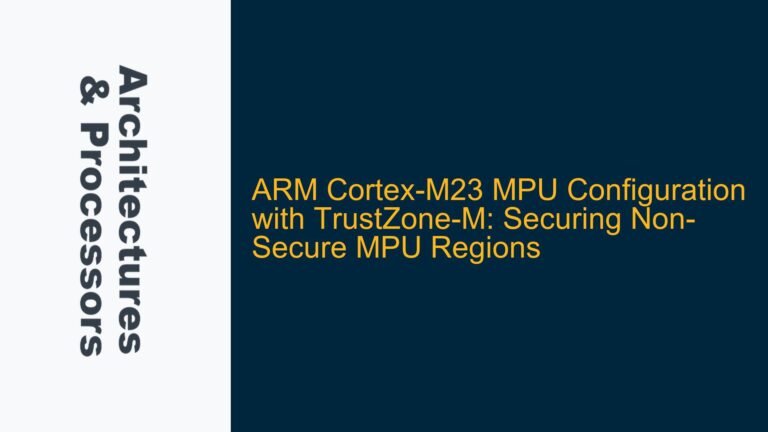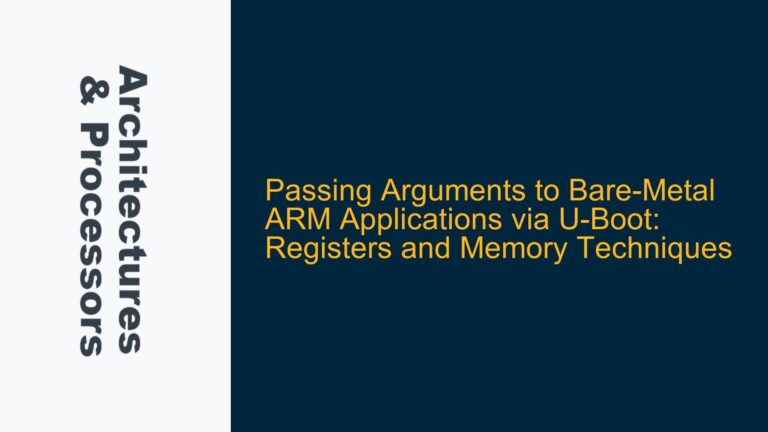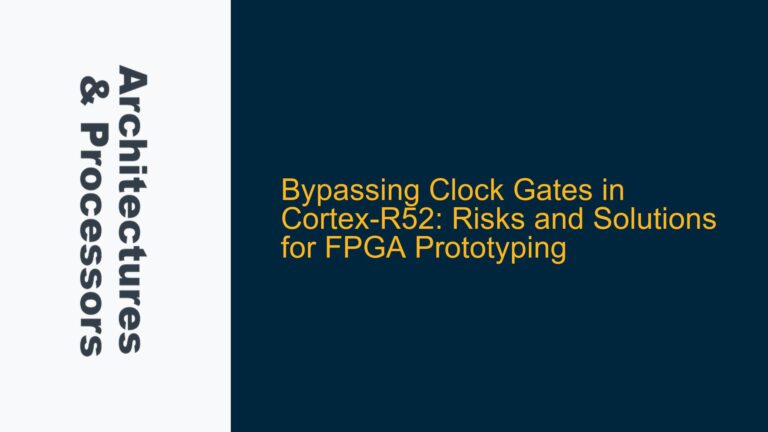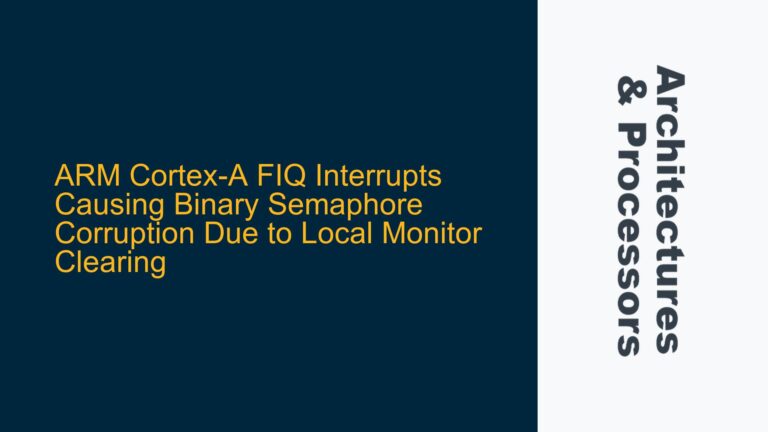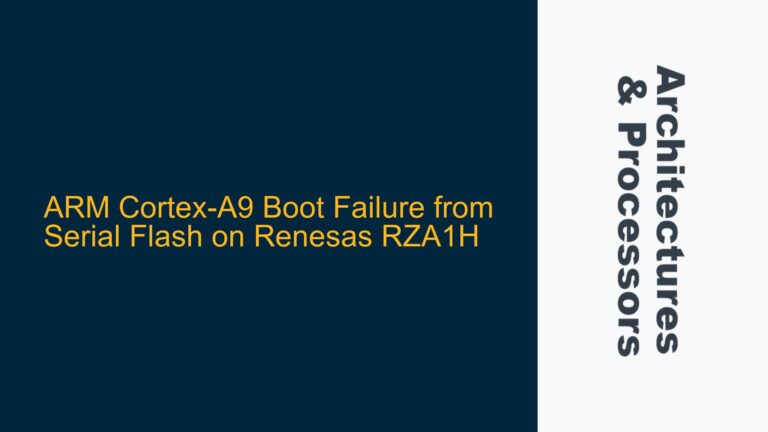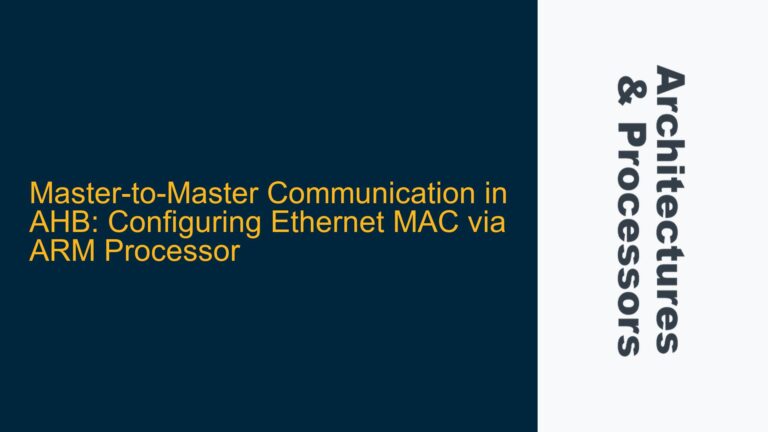ARM Cortex-M4 Core Interaction with DMA and Other Master Devices: Understanding Bus Arbitration and System Integration
ARM Cortex-M4 Core and DMA Interaction Without Hbusreq and Hgrant Ports The ARM Cortex-M4 core, widely used in embedded systems, is designed for efficiency and low power consumption. However, unlike some other ARM cores, the Cortex-M4 does not include dedicated Hbusreq (bus request) and Hgrant (bus grant) ports for managing bus arbitration with other master…
